“This structure is built on nodes, and it’s completely decentralized,” explained Michael Carpentier, CEO and co-founder of Vesta Equity, which is working to create a marketplace for tokenized home-equity investments using blockchain. “It’s very hard to hack a blockchain.”
Carpentier added that blockchain represents a “fundamental shift in how we approach business transactions” because it allows users to instantly verify a transaction occurred via a permanent record kept on the blockchain.
The technology not only addresses concerns about fraud, Carpentier said, “it [also] allows you to digitize real-world assets,” such as a mortgage loan or loan pools. In other words, it flattens out the space between the primary and secondary markets, allowing mortgages to essentially be originated and securitized nearly instantaneously across a distributed computer network that is accessible to authorized investors.
“It [promises to] completely remove, or disintermediate, the higher market,” he added. “You don’t need it.”
That full promise is still years away, some experts say at least five or more years in the future, in terms of broad market buy-in and use among the many parties now involved in originating and later trading or securitizing a mortgage via the traditional secondary market.
“As you look at on the origination side, you have the call for efficiency and cost savings,” said John Toohig, managing director of whole-loan trading at Raymond James in Memphis. “And on the other side, you see, well, that just means I’m going to make less when making a loan.
“There’s so many different pieces to it that I think present a long-term challenge. I do believe we will get there, but I don’t think it will be a snap-your-finger, overnight kind of evolution.”
Marianne Bailey, a partner at cybersecurity firm Guidehouse and former deputy national manager for national security systems at the National Security Agency, stressed that when we see something new come along like blockchain technology, “that’s really cool, people expect miracles to happen.”
“But it takes time,” she added. “It takes time for the systems to integrate it, but I definitely think that [blockchain] is the future.”
The ‘early innings’
Both real estate investment trust (REIT) Redwood Trust as well as non-QM lender Angel Oak Cos. also recognize the industry-changing potential of blockchain-enabled technology. It may still be a ways down the track, but the engine powering the blockchain train is already rattling the tracks.
Consequently, both non-agency players have opted to be on front end of the technology-adoption bell curve through their partnerships and/or investments in blockchain-based platforms.
Redwood and Angel Oak, of course, are not alone, in seeing blockchain’s potential, as the J.P. Morgan and Ginnie Mae examples illustrate. In addition, crypto-assets backed by mortgage loans are already being securitized via the blockchain by other lenders who have chosen to act now and seek permission from regulators later, if necessary — after formal rules are developed for so-called nonfungible tokens (NFTs) and other crypto-assets.
Nonbank lender LoanSnap, for example, has launched a fledgling crypto-mortgage program that relies on artificial intelligence and blockchain technology along with a cryptocurrency called stable coin. The stable coin, pegged to the U.S. dollar on a one-to-one basis, is sold to investors via a blockchain platform and backed by real-world mortgage lien wrapped in or mirrored by a digital NFT — or a nonfungible token.
To date, LoanSnap has locked in about $6.9 million in crypto-loan value across 35 homes that have a total market value of some $44 million. The annual percentage yield for holders of LoanSnap’s stable coin used to fund the mortgage loans, called bHome, as of this week was 3.521%
The crypto-mortgages originated by LoanSnap so far are essentially home-equity loans as opposed to home-purchase or rate-and-term refinance loans. The liens linked to NFTs represent a portion of a home’s value as a result.
Angel Oak Ventures is not far behind LoanSnap in capability, however. In April, the non-QM lender formed a partnership via its Angel Oak Ventures arm with Brightvine, a startup blockchain-based investment platform. Brightvine plans to allow Angel Oak “and other issuers to tokenize their real-world assets” and to “seamlessly raise funds on the blockchain,” Brightvine said in the press statement announcing its “strategic venture” with Angel Oak.
Sreeni Prabhu, co-founder and managing partner of Angel Oak Cos., said Angel Oak Ventures is focused on technology that creates a “more frictionless” business environment for investors and borrowers. He added that the company “believes in the potential for blockchain to bring about new and innovative investment solutions in the mortgage credit space.”
“Angel Oak intends to explore utilizing Brightvine’s platform and could securitize non-QM loans via tokenization on the blockchain,” Prabhu added. “Although still in the exploratory phase, Angel Oak Ventures believes that there is potential for blockchain to enable a better secondary market, reducing costs and improving efficiencies for all parties and improving the investor experience.”
Joe Vellanikaran, founder and CEO of Brightvine, said the company, launched about two years ago is, working to build an alternative to the existing secondary market that will increase liquidity for mortgages, MBS and other fixed-income vehicles. Brightvine estimates the size of the global fixed-income market at $123 trillion.
“… Our goal is to eventually move the entire securitization process to the blockchain,” Vellanikaran said. “Our focus right now is really to reach institutional investors and accredited investors for these types of products. And then further on down the line, open it up to other retail investors, but that depends on the regulations in place.”
Brightvine is working to comply with all applicable securities regulations in developing its platform. Currently, regulators such as the U.S. Securities and Exchange Commission, the Office of the Comptroller of the Currency, the White House and industry groups such as the Financial Accounting Standards Board(FASB) are all focused on developing more targeted rules and regulations for blockchain-based crypto assets and related crypto-securities trading.
Redwood Trust is on a seemingly even faster glide-path than Angel Oak with respect to employing blockchain technology and exploring its potential use in creating an additional liquidity channel for the company. Redwood Trust’s venture arm, RWT Horizons, is an investor in Vesta Equity as well as three other companies with a strong blockchain focus — Oasis Pro Markets, Liquid Mortgage and Canopy Financial Technology Partners.
Ryan McBride, chief investment officer of RWT Horizons, says the company’s goal is to invest in firms that have a “direct nexus” to Redwood Trust’s operating companies, which are largely focused on buying, selling and securitizing residential and investment-property mortgage loans.
“We do not disclose the size of our investments in individual companies and would anticipate continuing to look for … investment opportunities that can help drive further innovation in housing finance,” McBride added.
Two of the companies McBride singled out as examples of its investments matching a commitment to technology innovation are Vesta Equities and Oasis Pro Markets, the latter a U.S.-regulated alternative trading system that allows subscribers to trade securities digitally, via secure blockchain technology, and make payments in digital cash (such as stable coin, a type of crypto-currency). Executives with Oasis Pro declined to comment for this story.
“Specifically, we see opportunity for Oasis Pro to potentially distribute both residential and business-purpose [investment-property] loans and securities in tokenized form, adding an incremental distribution channel for both of Redwood’s operating platforms [Sequoia and CoreVest],” McBride said. “Vesta Equity’s vision of creating a marketplace for tokenized home-equity investments using blockchain fits well with our existing partnerships with Liquid Mortgage and Point.
“As home equity currently sits at an all-time high, this remains an area of key strategic focus for us.”
Redwood Trust also is an investor in Point, a non-blockchain-based fractional home-equity lender that provides homeowners with cash upfront in exchange for a contract providing Point with a slice of the homeowner’s equity. That share, via Point’s home equity investment contracts (HEIs), is typically around 10 percent or so.
Last year, Redwood and Point, the latter founded in 2014, completed a first-of-its- kind securitization backed by HEI contracts. The private-label securities (PLS) transaction, which closed in late September 2021, involved issuing $146 million in securities through a conduit dubbed Point Securitization Trust 2021-1.
Also last fall, Redwood announced a separate $449 million residential mortgage-backed securities (RMBS) private-label offering backed by 497 jumbo residential loans that was securitized with the help of a fintech startup, Liquid Mortgage, in which the Redwood holds a minority stake. As part of the deal, Liquid Mortgage is leveraging blockchain technology to track loan-level payment and transaction-reporting data for borrowers and lenders.
Liquid Mortgage is expected to report RMBS payment data to users of its proprietary platform on a daily basis, as opposed to monthly.”
Redwood President Dashiell Robinson said during the Q1 2022 earnings call that through the end of January of this year, a total of five Sequoia Mortgage Trust (SEMT) deals, including the initial SEMT 2021-6 offering last September, have made use of Liquid Mortgage’s blockchain-based tracking technology. Those five securitizations involved prime jumbo loan pools valued at $2.5 billion with average loan balance of $902,582, according to private-label deals tracked by Kroll Bond Rating Agency. The latest SEMT deal closed on Jan. 26, 2022, according to Kroll’s data.
“We are working as well in parallel for CoreVest securitizations to leverage the same technology,” Robinson said during a first-quarter 2022 earnings call. “We think that will be an exciting development for that part of the market.” CoreVest is Redwood’s business-purpose/investment-property lending and securitization affiliate.
Liquid Mortgage also has an agreement with Canopy Financial Technology Partners through which Canopy will integrate its loan-level due-diligence product with Liquid Mortgage’s platform, allowing due-diligence reporting and data to be tied directly to mortgage-backed digital assets on the blockchain. As mentioned, Redwood’s RWT Horizons also is an investor in Canopy, which provides key third-party loan-review services for the RMBS market.
“This partnership is a giant first step in the migration toward a true digitally native mortgage,” said John Levonick, CEO of Canopy, in announcing the deal with Liquid Mortgage. “This solution gives loan investors, and all subsequent assignees, access to verified and timely data, for the entire lifecycle of the asset … diligence by a third-party review firm conducted once, but accessible to all future parties [via the blockchain].”
So, with its investments in Point, Oasis Pro Markets, Vesta Equity, Liquid Mortgage and Canopy, and other fintech plays, Redwood Trust has established a strong bench for employing blockchain-based technology in the not-so-distant future as a potential additional loan-trading and securitization channel for its mortgage assets.
RWT Horizons completed five investment deals in the first quarter of this year. Since inception, RWT Horizons has made over $25 million in technology venture investment commitments, Redwood Trust CEO Christopher Abate said during the company’s earnings conference call in late April.
Redwood’s Robinson added during the same Q1 2022 earnings call that Liquid Mortgage is a “pioneering platform” but stressed it is only one part of a larger blockchain-based “ecosystem.”
“The intriguing thing is how transformational we can be to the securitization space, which is really exciting,” Robinson added during the earnings call. “… As we have talked about before, having the remittance information [via Liquid Mortgage] on the blockchain really is just step one….
“We are still in the really early innings here. From our perspective, it is about the ecosystem, and the more we can help other people adopt in, we think the better things would be.”
McBride told HousingWire that RWT Horizons will continue “to look for Web3 [blockchain-based] investment opportunities that can help drive further innovation in housing finance.”
“We are excited about the possibilities created through our partners at Oasis Pro and Vesta Equity to apply new technologies as a way to reach new investors,” he said.












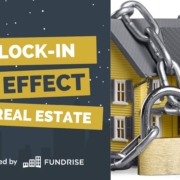
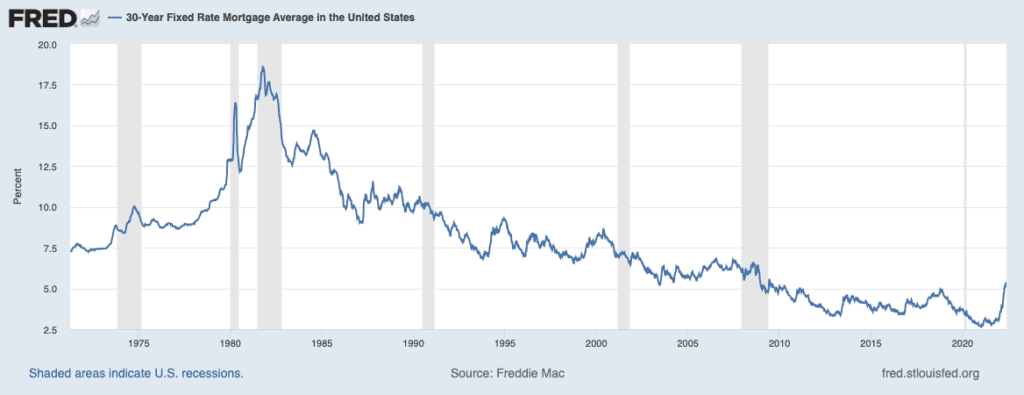
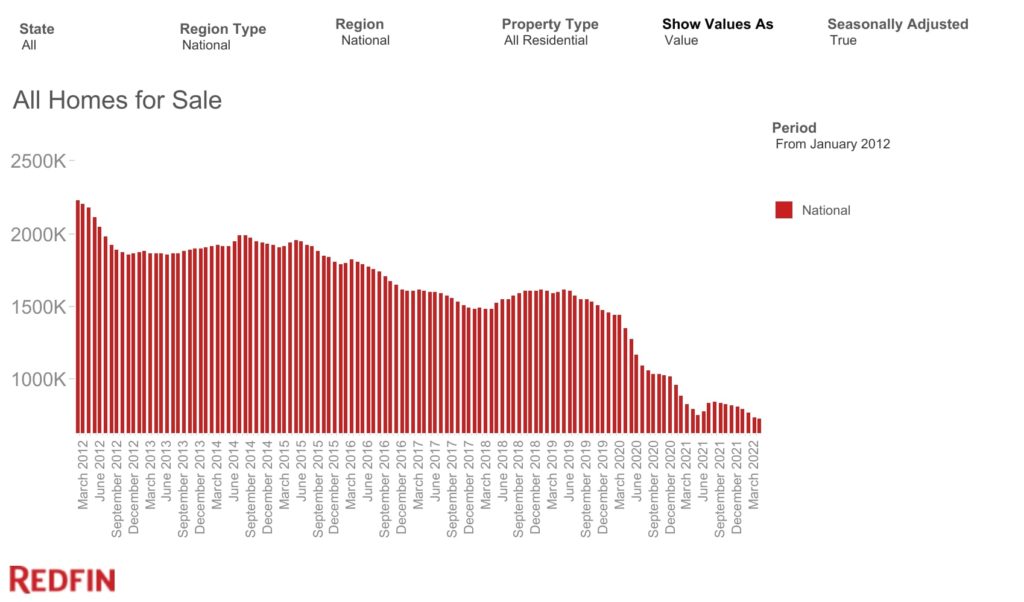
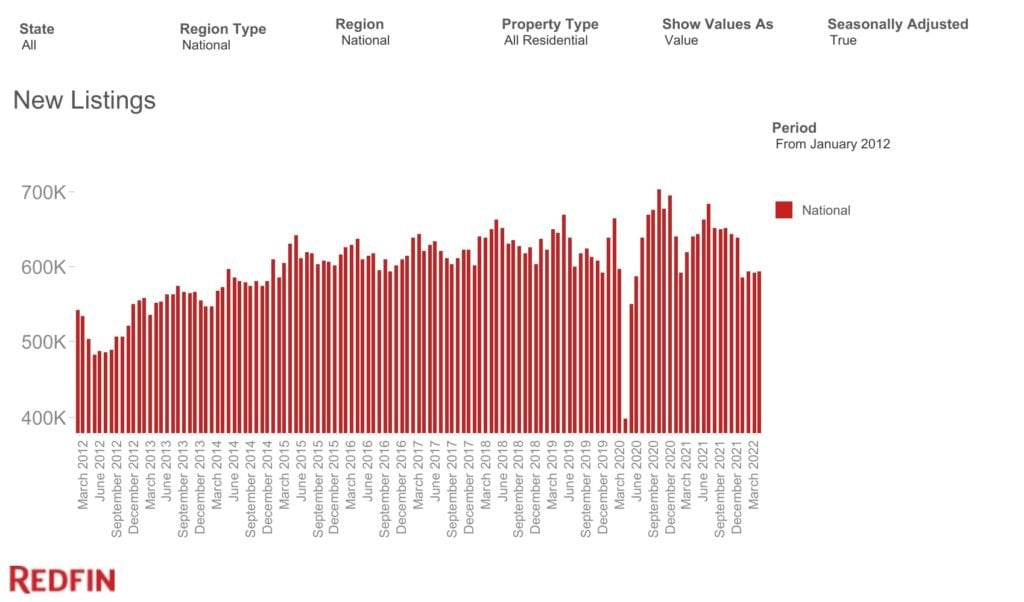
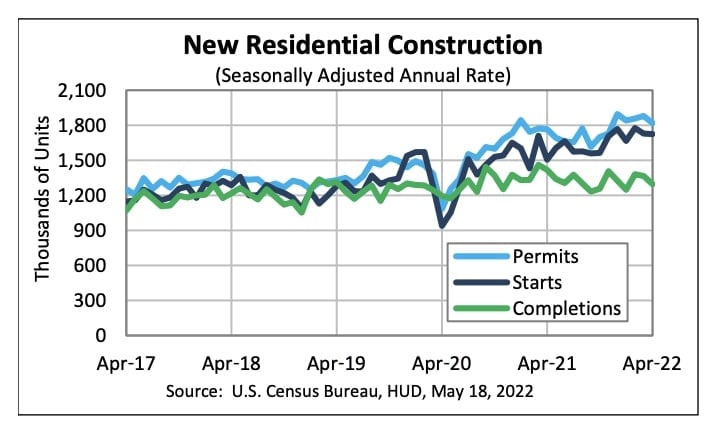








 :215-447-7209
:215-447-7209 : deals(at)frankbuysphilly.com
: deals(at)frankbuysphilly.com